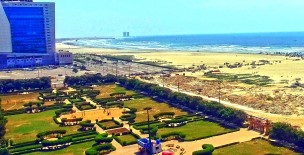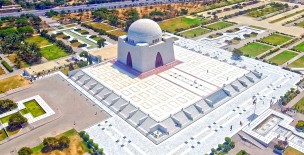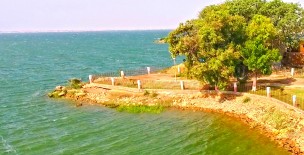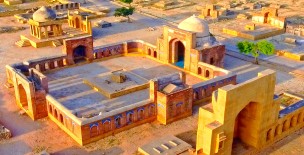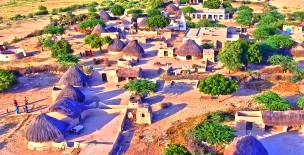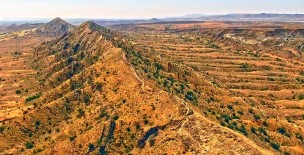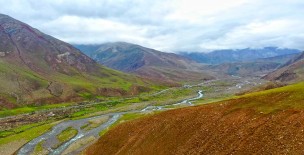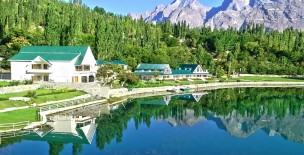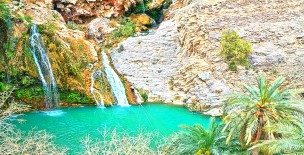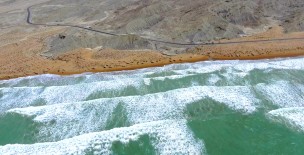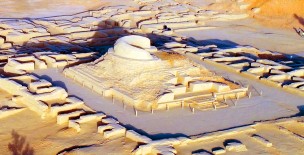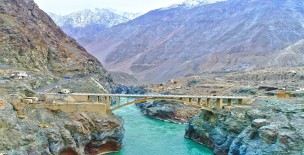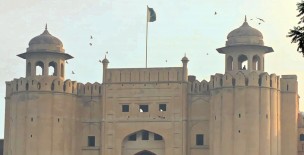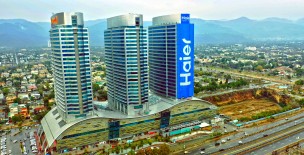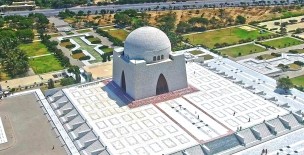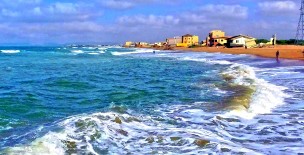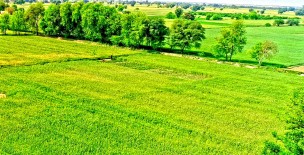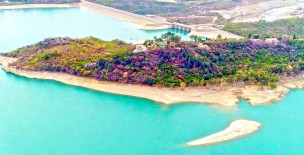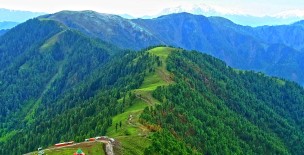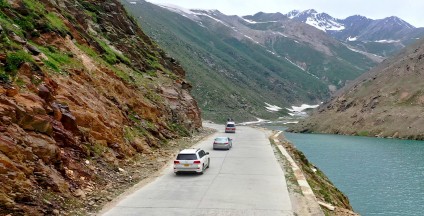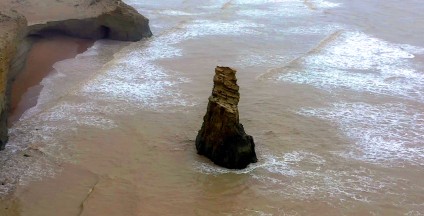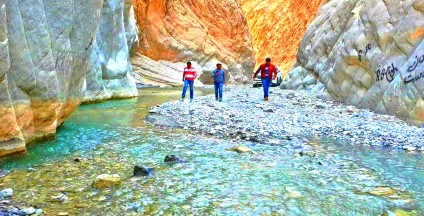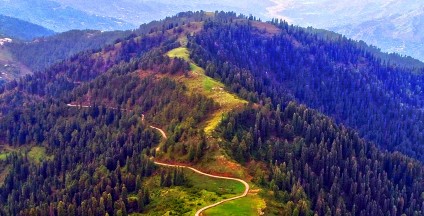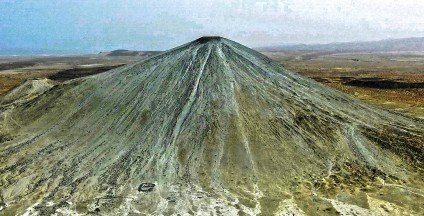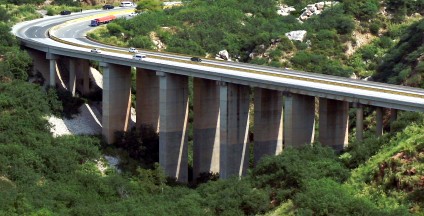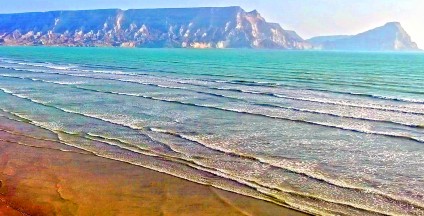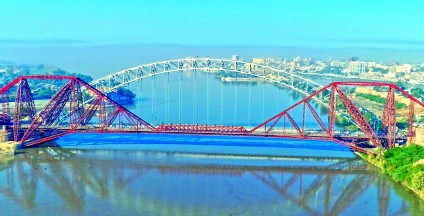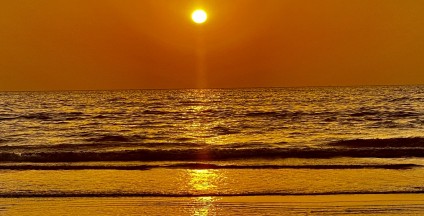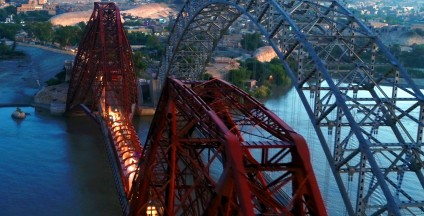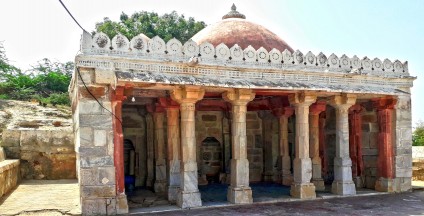Bhambore or Bhanbore is an archaeological site in the Sindh Province, situated at 69 km east of Karachi between Dhabeji and Gharo, on the National Highway N5.
Archaeological records reveal remnants of three distinct periods on the site: Scytho-Parthian (1st century BC to 2nd century AD), Hindu-Buddhist (2nd century AD to 8th century AD), and early Islamic (8th century AD to 13th century AD).
Nevertheless, the origin and history of Bhambore is mostly obscure and its location controversial.
Some archaeologist and historians suggest that Banbhore is the historical city of Debal, which the Arab General Muhammad bin Qasim conquered in 711–712 after defeating c, the last Hindu ruler of Sindh.
The eastern part contains ruins of a mosque with an inscription dating to 727 AD, sixteen years after the conquest of Sindh, indicating the best-preserved example of the earliest mosques in the region.
Sir Henry George Elliot and Alexander Cunningham consider Bhambore to be the ancient ‘Barbarikan’ which, according to Maris Erythraei the author of the Periplus, was the delta seaport during Alexander’s time (c. 324 BCE).
According to Sindhi folklore, the story of Sussui-Punhun is associated with the region that spreads from Kuch valley to southern Sindh. Sassi belong to this rich city Bhambore.
The story of Sussui-Punhun owes its origin to the Soomra period (1024-1351CE), which is known as the period of chivalry and romance.
The city was gradually deserted after the 13th century due to change in the course of the Indus.
Preliminary excavations in the area were first done by Ramesh Chandra Majumdar in 1928 and later by Leslie Alcock in 1951.
